The challenge is to get a conductive elastomer to stick to nylon 6,6 artificial muscles and coat that with hydrophillic graphene oxide. The hyrdophillic layer will assist in wicking water up the muscles as they actuate and heat causing the water on them to evaporate. This will be accomplished by placing the muscles inside a 24 inch of mercury vacuum evacuated silicone tube. On the inside of the tube there will be a large surface area using macro morphology and hydrophobic pristine graphene nanoribbons. The silicone will have a very high loading of conductive silver, diamonds, and graphene to enable fast thermal transport. The exterior will also have a high surface area and use passive air cooling to remove heat from the muscles.
The difficulties are paramount, I have been at this for about 2 years now with very little luck. I have tried almost everything under the sun but am nearly there with graphene nano-ribbons, silver coated copper, and polyurethane. The trick is to make the coating conformal, consistent and very thin via- a dip coating process.
The main issue I will be having as I have always had is localized areas of high resistance that heat too quickly and destroy the muscle. Placing the muscles in the "heat pipe" should help alleviate some of this issue.
The biggest issue I have had is funding, I have slowly been trying every conductive paint/glue I can get my hands on and have determined I have to make my own.
The next issue is the cost of platinum cure silicone, industrialdiamonds, CNT, graphene, and silver but if I can snag some of that research money I should finish much faster as I can make iterations without having to eat just beans and rice (the flatulence gets old.)
This documentation describes Open Hardware and is licensed under the
CERN OHL v. 1.2.
You may redistribute and modify this documentation under the terms of the
CERN OHL v.1.2. (http://ohwr.org/cernohl). This documentation is distributed
WITHOUT ANY EXPRESS OR IMPLIED WARRANTY, INCLUDING OF
MERCHANTABILITY, SATISFACTORY QUALITY AND FITNESS FOR A
PARTICULAR PURPOSE. Please see the CERN OHL v.1.2 for applicable
conditions
 MECHANICUS
MECHANICUS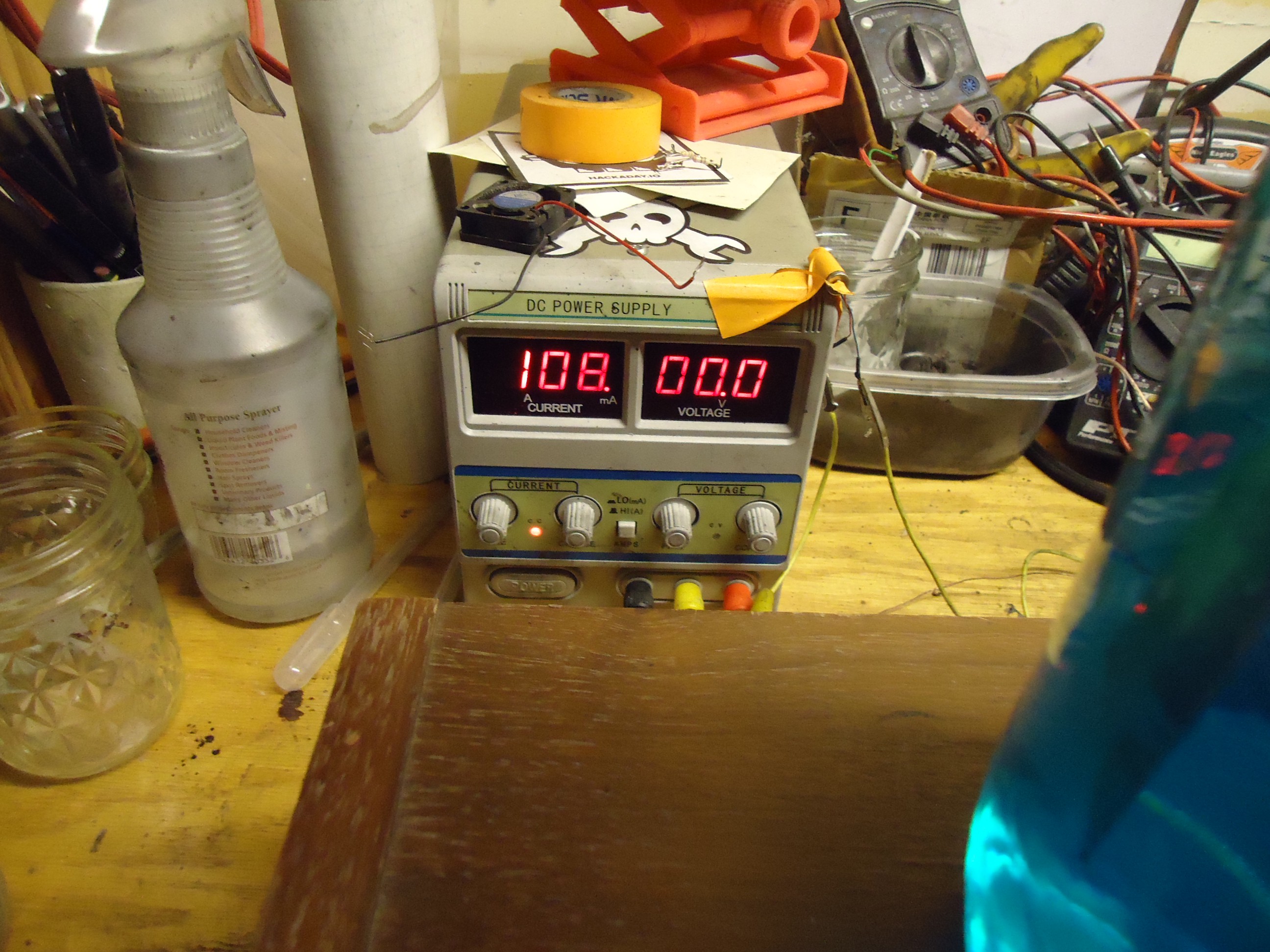

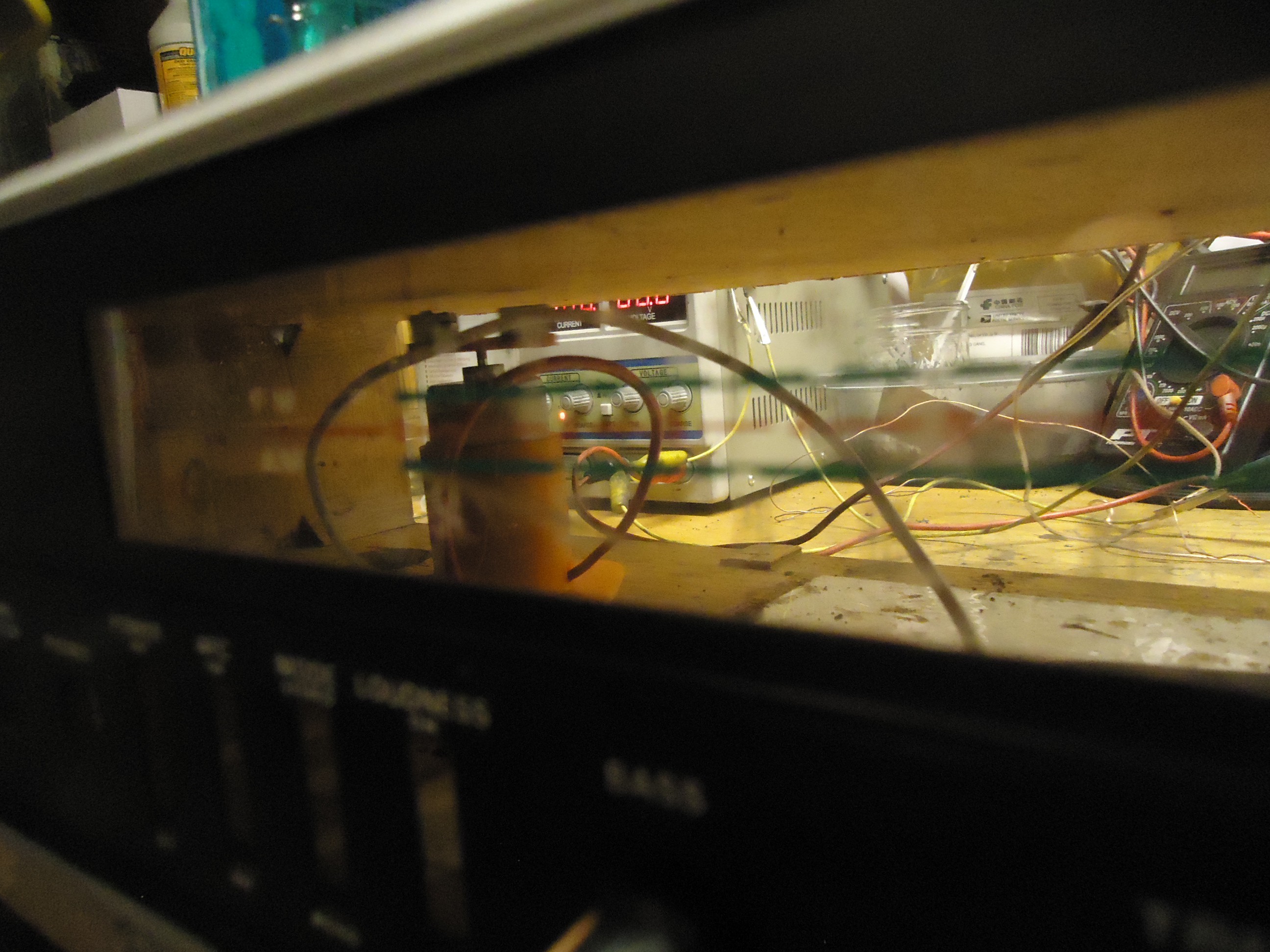
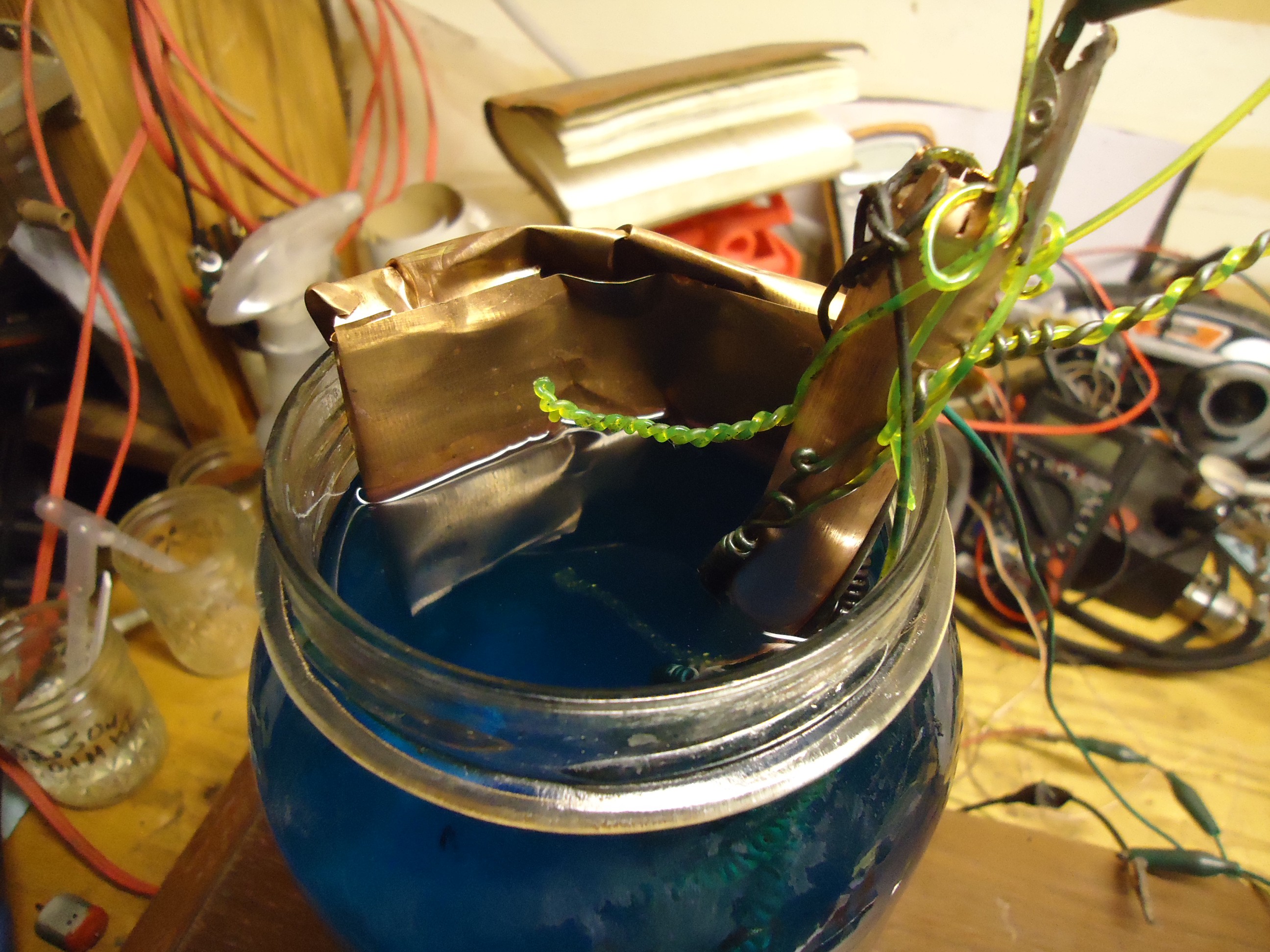

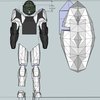
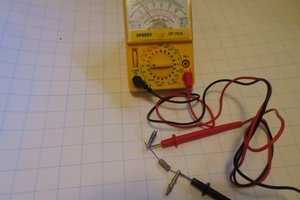
 Spockopolis
Spockopolis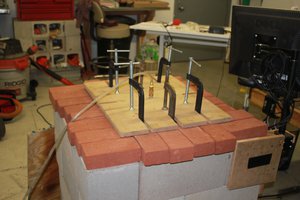
 Michael Barton-Sweeney
Michael Barton-Sweeney
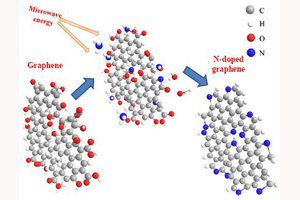
I VERY briefly looked into this. I thought of putting a single very thin conductor inside extruded acrylic and coiling it. The conductor would be made of Kanthal A1 wire. I stopped working on it because I couldn't find a supplier that sold resin pellets for extruded acrylic with a high enough thermal expansion coefficient.
Aside from using paraffin wax extruded acrylics boast a very high thermal expansion coefficient which allows for a highly efficient artificial muscle. After getting a few coils to work in parallel for combined strength a means of quickly cooling the muscle would be required.
The chase scene in the movie "I-Robot" comes to mind where Detective Spooner (Will Smith) shoots Sonny. You see a blue liquid leaking from the gunshot wound. I imagine this would be the "coolant" as it were.
P.S. I may be interested in teaming up. XD